Mustafa Monwar turns 89: Honouring the legacy of a cultural icon

Mustafa Monwar, lovingly known as Bangladesh's "Puppet Man," has been a towering figure in the country's artistic and cultural landscape. Born on September 1, 1935, Monwar's contributions to puppetry, painting, visual arts, and television have made him a symbol of creative freedom and expression.
Monwar was born into a family with a strong artistic heritage, as his father, Golam Mostafa, was both a poet and a singer. His journey into the arts thus seemed destined. Tragically, he lost his mother at the age of five, a loss that undoubtedly shaped his emotional depth as an artist.

The artist's belief in the power of art as a tool for social justice began early. In 1952, while still in ninth grade, he was imprisoned for creating cartoons supporting the Language Movement. This conviction for using art to challenge injustice would shape his entire career.
During the Liberation War of 1971, Monwar's puppetry served as a powerful medium of resistance and hope. His shows like "Agachcha" (Weeds), "Rakshas" (The Monster), and "Ekjon Sahosi Krishok" (A Brave Farmer) resonated deeply, uplifting spirits in refugee camps in West Bengal.
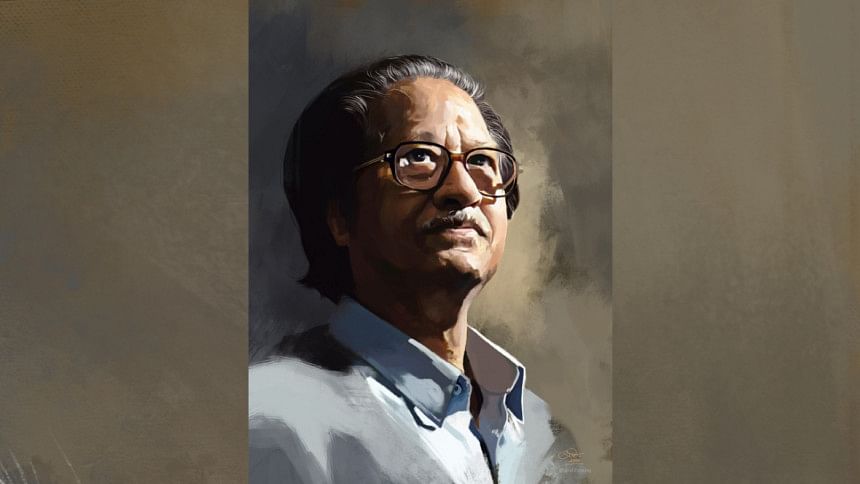
As an artist, Monwar's spontaneous brushstrokes left a lasting impact on Bangladesh's visual arts scene. His pioneering role in promoting puppetry and television drama in the country is unmatched. He even faced imprisonment as a teenager for his paintings, a testament to his unwavering commitment to his craft.
His formal education began at Kolkata's Sishu Vidyapith, where he received music lessons from his father and older brother. Later, he trained under Ustad Santosh Roy, a disciple of the legendary Ustad Fayaz Khan. While his passion for painting ultimately overshadowed his musical pursuits, Monwar's love for the arts remained undiminished.

In the early 1950s, as the Language Movement intensified, young Monwar, then a student at Narayanganj Government School, protested by painting images that he and his friends posted around the city. His activism led to his arrest and a one-month jail sentence, but it also cemented his role as an artist dedicated to freedom of expression.
Monwar's artistic genius was not confined to one medium. A graduate of Kolkata Art College, he designed the iconic logo for the Second South Asian Games (SAF Games) and the red sun emblem behind Dhaka's Central Shaheed Minar.
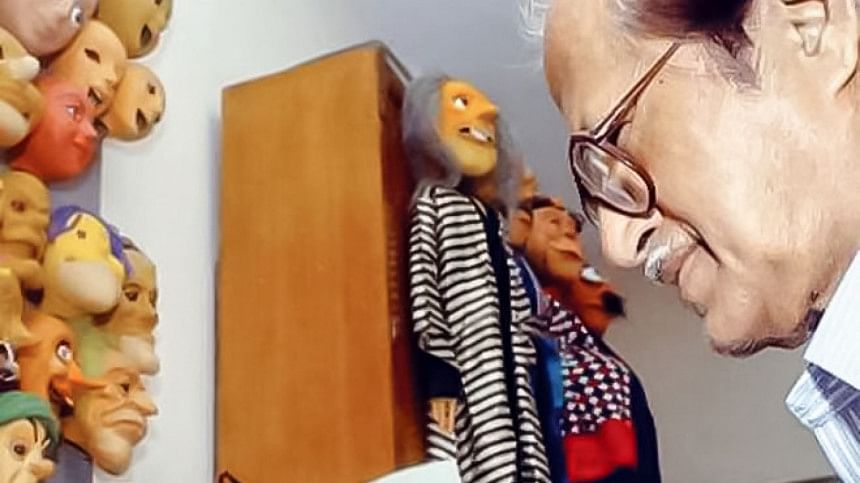
His pioneering contributions to television are equally significant. As a producer for Pakistan Television in 1964, and later for Bangladesh Television (BTV), Monwar focused on developing children's programming, including the beloved "Notun Kuri".
Through his dedication to puppetry, Monwar has preserved Bangladesh's rich folklore and brought joy to generations. Characters like Parul, Bagha, and Mini, which he created, continue to captivate young audiences. His work on BTV also includes writing and producing acclaimed plays like "Roktokorobi" and "Mukhora Romoni Boshikoron", both of which were nominated for inclusion in Granada TV's A Global History of Television Drama.
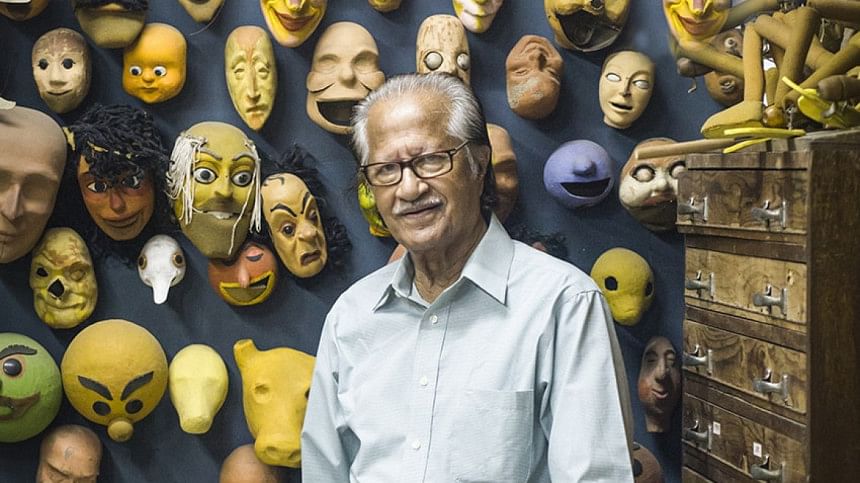
Mustafa Monwar's life is a testament to the power of creativity in building a freer society. Throughout his career, he held esteemed positions, including deputy director general of BTV, director general of Bangladesh Shilpakala Academy, and managing director of the Film Development Corporation (FDC).
Monwar's influence extends beyond his work. As a teacher and mentor, he has nurtured generations of artists. He currently chairs the People's Division Development Center and directs the Educational Puppet Development Center.
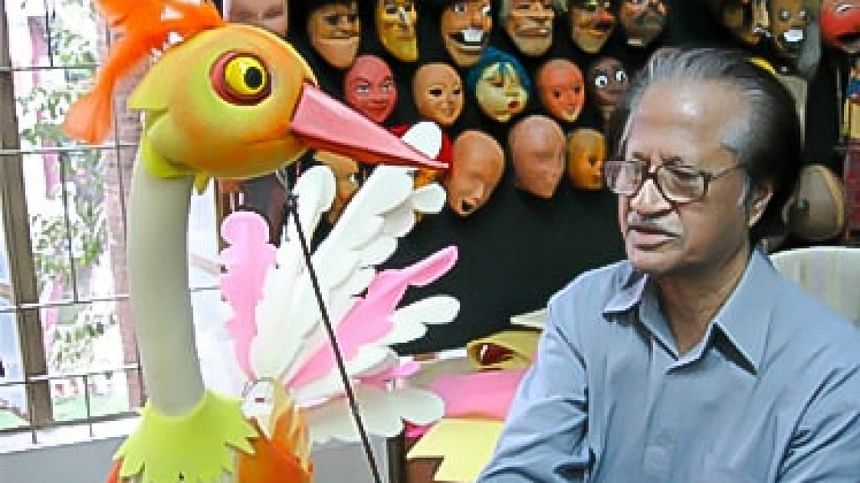
Monwar's accolades are numerous — In 1957, he won the Gold Medal for Best Graphic Work at the All-India Fine Arts Exhibition in Kolkata. He also received two Gold Medals for Best Work in Oil Painting and Watercolor from the Kolkata University Student Art Exhibition.
In 2004, the Government of Bangladesh awarded him the prestigious Ekushey Padak for his contributions to fine arts.
Today, on his 89th birthday, we celebrate not just his achievements but also his profound impact on Bangladesh's cultural heritage and his extraordinary legacy—one that continues to inspire and uplift, making him a true pioneer in Bangladesh's cultural history.

 For all latest news, follow The Daily Star's Google News channel.
For all latest news, follow The Daily Star's Google News channel. 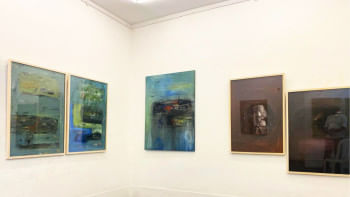



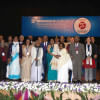
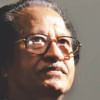




Comments